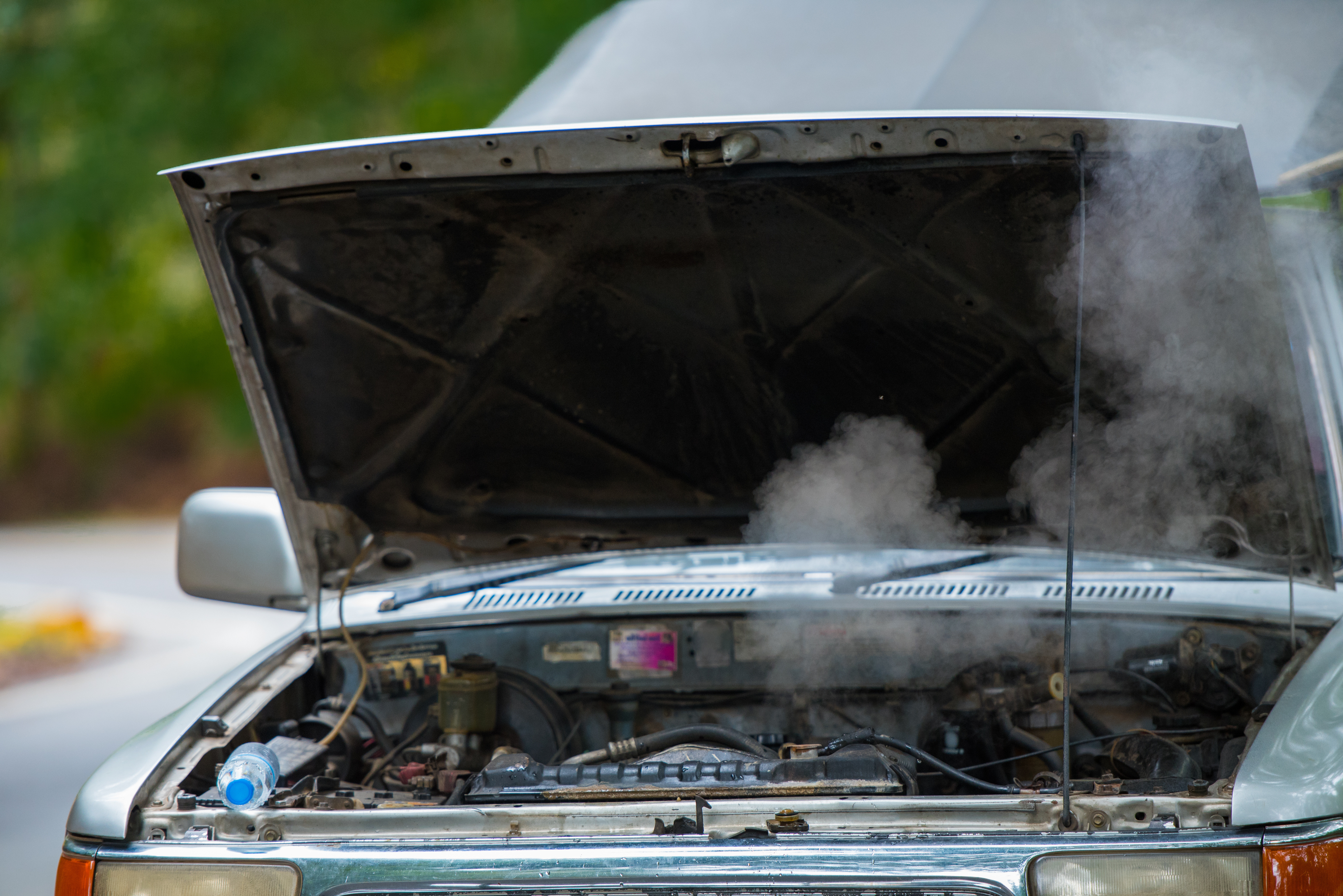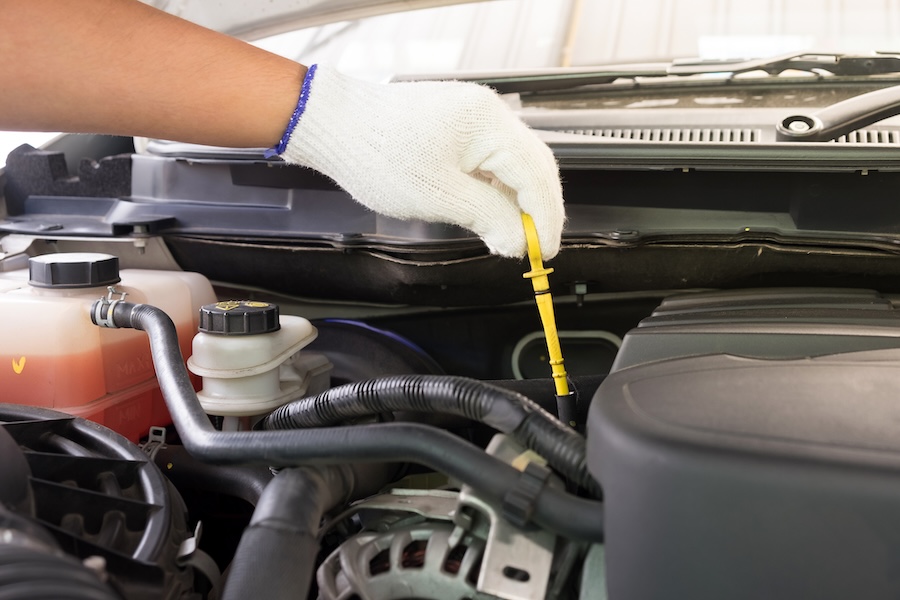Replacing a CV Axle On a Honda Civic: Helpful Expert Advice
Constant Velocity axles, or CV axle for short, are common wear items on high-mileage front-drive cars, like a Honda Civic. And when they're worn out, you’ll hear a loud buzzing or droning coming from under your hood – especially when cornering. Fortunately, replacing a CV axle is an inexpensive DIY job that requires mostly common hand tools, though you will need a very large socket and a ball joint fork (sometimes called a pickle fork).
This helpful advice from our Tinker experts will help you change the CV axle on a 2001 or newer Honda Civic, or just about any car with a strut-style front suspension. Many earlier Civics have double wishbone front suspensions, which would make the job more complicated and time consuming.

The Right Tools for the Job
Before you get started it’s important that you have all the tools and parts to do the job correctly. Here's a list of things you'll need:
- Replacement CV axle (available for $35-to-$60).
- ½-inch drive breaker bar
- 32mm socket (½-inch drive)
- Selection of other sockets – 14, 15, 17, and 19 mm
- Torque wrench
- Ratchet
- Pry bar
- Ball joint fork
- Flathead punch
- Hammer
- Dead-blow mallet
- Drain pan
- Transmission fluid (may not be required)
Tinker Expert Advice #1: To loosen the axle nut during disassembly, have a helper press the brake pedal and use a breaker bar with a 32mm socket. If you don't have a helper, remove the wheel center cap and loosen the axle nut before removing the wheel from the car. The weight of the car will keep the axle from moving as you loosen the nut.
Tinker Expert Advice #2: Depending on the generation of Civic there will be one nut holding the lower ball joint to the control arm, or two nuts and a bolt.
- 2001-2005 Civics: use a single castle nut with a cotter pin. Remove the cotter pin first then loosen the nut. Separate the ball joint from the control arm using a ball joint fork.
- 2006 and newer Civics: it’s easiest to remove the fasteners holding the ball joint flange to the control arm, leaving the ball joint assembly attached to the steering knuckle.
Tinker Expert Advice #3: When you pull the outer CV housing toward the transmission to remove the axle from the knuckle, do not pull on the axle shaft inboard of the outer CV joint, as the CV joints will likely come apart if you pull on the axle, leaving the joint in two pieces inside the boot.
When removing the inner CV joint from the transmission, place a drain pan under the axle interface with the transmission, as some oil may leak out when the axle is removed.
Note: 2006-2011 Civics (8th-generation) with manual transmissions and K20-powered Civics with automatics use a carrier bearing/intermediate shaft setup on the passenger side. Other 8th-generation Civics use a conventional shaft that slides directly into the transmission.
Tinker Expert Advice #4: During reassembly, slide the new axle into the transmission or onto the stub shaft, turning it carefully to align the splines. Don’t rush. Be careful to not damage the seal or it will leak. When the splines are aligned the axle will slide most of the way into the transmission or onto the stub shaft before stopping at the snap ring.
Tinker Expert Advice #5: When you rejoin the lower control arm and knuckle, torque the single nut to between 43 and 52 lb.-ft. (on 2001-2005 Civics). Torque the nut to 43 lb.-ft. first then continue tightening the nut until the cotter pin will slide through the castellations on the nut and the ball joint. Fold the cotter pin over to retain it in the nut. Later Civics with the three-fastener design require 43 lb.-ft. of torque per fastener.
Don’t forget to top off the transmission fluid if any leaked out when you removed the axle.
Still have questions? Speak to one of our Tinker Experts today!




